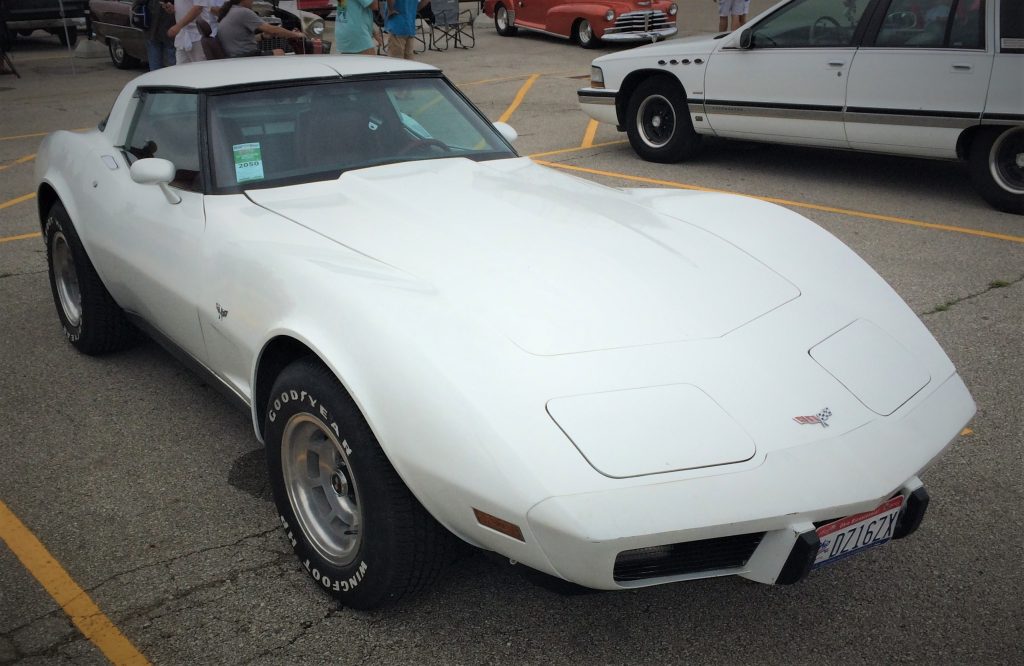You’ve got questions, we’ve got answers. We work with the Summit Racing tech department to help you tackle your auto-related conundrums. In this week’s Mailbag, we’re troubleshooting a sluggish, rich-running Chevy L-82 350 V8 in a 1970s-era Corvette at high altitudes.
***
Q: I have a late 1970s Corvette with an L-82 350 and a four-speed transmission. The engine was rebuilt a few years ago, and has ported 57cc chamber heads with 2.02-inch intake valves (heads milled .030 inch), a COMP Cams High Energy cam, a 750 cfm Edelbrock carb on an Edelbrock Performer intake manifold, and Hedman headers going into a three-inch exhaust Flowmaster mufflers.
Ever since I installed the engine, the car is less responsive than stock, won’t pass a smog check, and is running very rich. I recently moved to Reno, NV (5,000 feet above sea level), and I have tried jetting the carburetor per recommendations for high altitudes. There has been no improvement. I plan to install a half-inch phenolic carb spacer and an MSD ignition to boost power (I hope).
Any ideas?
A: Everything you have so far has increased airflow to your engine. It sounds like you need to boost low-end torque and throttle response. We recommend trying a different cam—something with at least 112-degree lobe separation. This will help to increase cylinder pressure which will translate to more torque.
A smaller carburetor might help, too. A 650 cfm Holley with vacuum secondaries would be a good choice. We don’t know how much porting you did on the heads, but it could be that you made the parts too large, which reduced air/fuel charge velocity, particularly at high altitudes.
You also didn’t mention anything about the distributor, so we’re going to assume it’s still the factory HEI with no modifications.
Adding an MSD or Mallory ignition would increase voltage at the spark plugs, but would require you to modify the factory mechanical-advance curve to slow it down and limit total timing to better match the engine modifications you’ve made.


Comments